Published September 9, 2019
Have you been to the beach lately and maybe noticed a plastic water bottle littered on the ground? You walk along the beach to find the right place to lay your towel, and notice a food wrapper or a plastic cup carelessly left behind. You might roll your eyes at the litter bugs that could have left those items behind, but beyond that it’s easy to tune out the litter and focus on the beautiful lake instead.
Now, have you ever gone to the beach just to pick up litter? I promise you, if you did, you would start to notice that there is a lot more than just the odd water bottle or food wrapper. There is a lot of plastic pollution in Lake Ontario and beyond. Take a look:
Litter Cleanup at Frenchman’s Bay West Park, Pickering
Hi, I’m Chelsea. The girl in the sunglasses you see in the video. I am the Communications Coordinator at A Greener Future, an Environmental Non-Profit specializing in waste prevention and litter cleanups. Each year, A Greener Future runs a program called “Love Your Lake” where we do 100 litter cleanups along the shores of Lake Ontario and collect data on what we find.

The 2019 edition of Love Your Lake wrapped up on June 30th, after completing cleanups from Niagara-on-the-Lake, all the way to Kingston.
In just two months, our team, along with our 400+ volunteers, were able to pick up 108,069 pieces of litter. Since A Greener Future’s establishment in 2014, the non-profit has picked up close to 1.5 million pieces of litter.
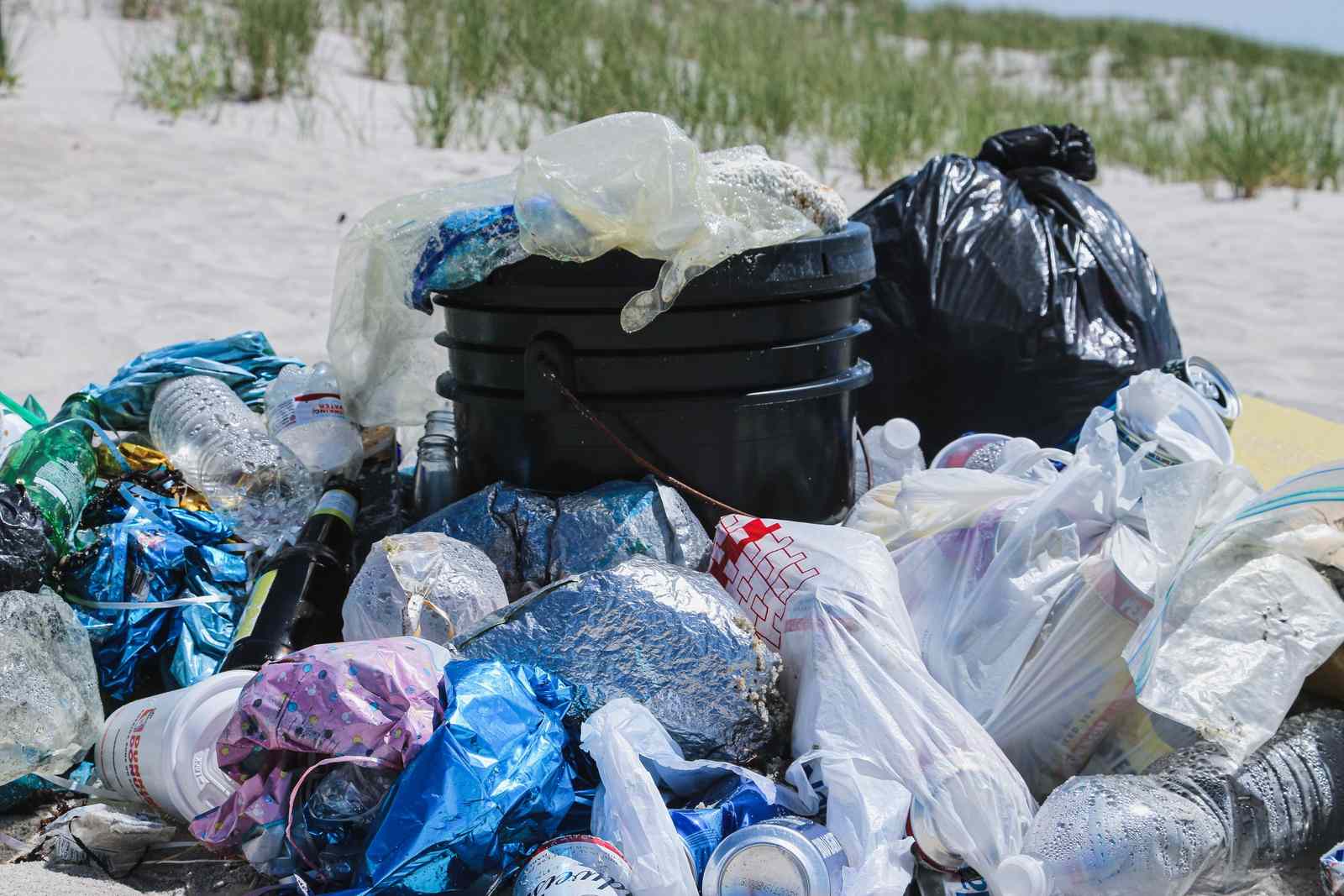
Those kinds of numbers are pretty difficult to visualize, and even harder to believe that it’s happening so close to home.
Before working with AGF, I had never participated in a litter cleanup and I had no idea how big of an issue plastic pollution was in Lake Ontario. I always heard people talking about plastic pollution in the oceans, but that seemed too far away and detached from my own life. It wasn’t until my first cleanup that I realized just how bad, and just how local this problem is.
I think that’s exactly the kind of “a-ha” moment that our volunteers experienced at our recent cleanup at Frenchman's Bay West Park in Pickering. On June 9, 2019, Swim Drink Fish also came along to our cleanup at Rotary Frenchman's Bay West Park on Frenchman’s Bay.
A little bit about Frenchman’s Bay:
Frenchman’s Bay is a beautiful spot on the North shore of Lake Ontario, with sandy beaches, forested trails, and an ecologically significant wetland area.
With the support of The W. Garfield Weston Foundation, the City of Pickering and Swim Drink Fish invested $200,000 into restoring the area in 2019. This investment included $140,000 allocated for planting native trees and shrubs; $50,000 for shoreline restoration and erosion control, and $10,000 for a community stewardship program.
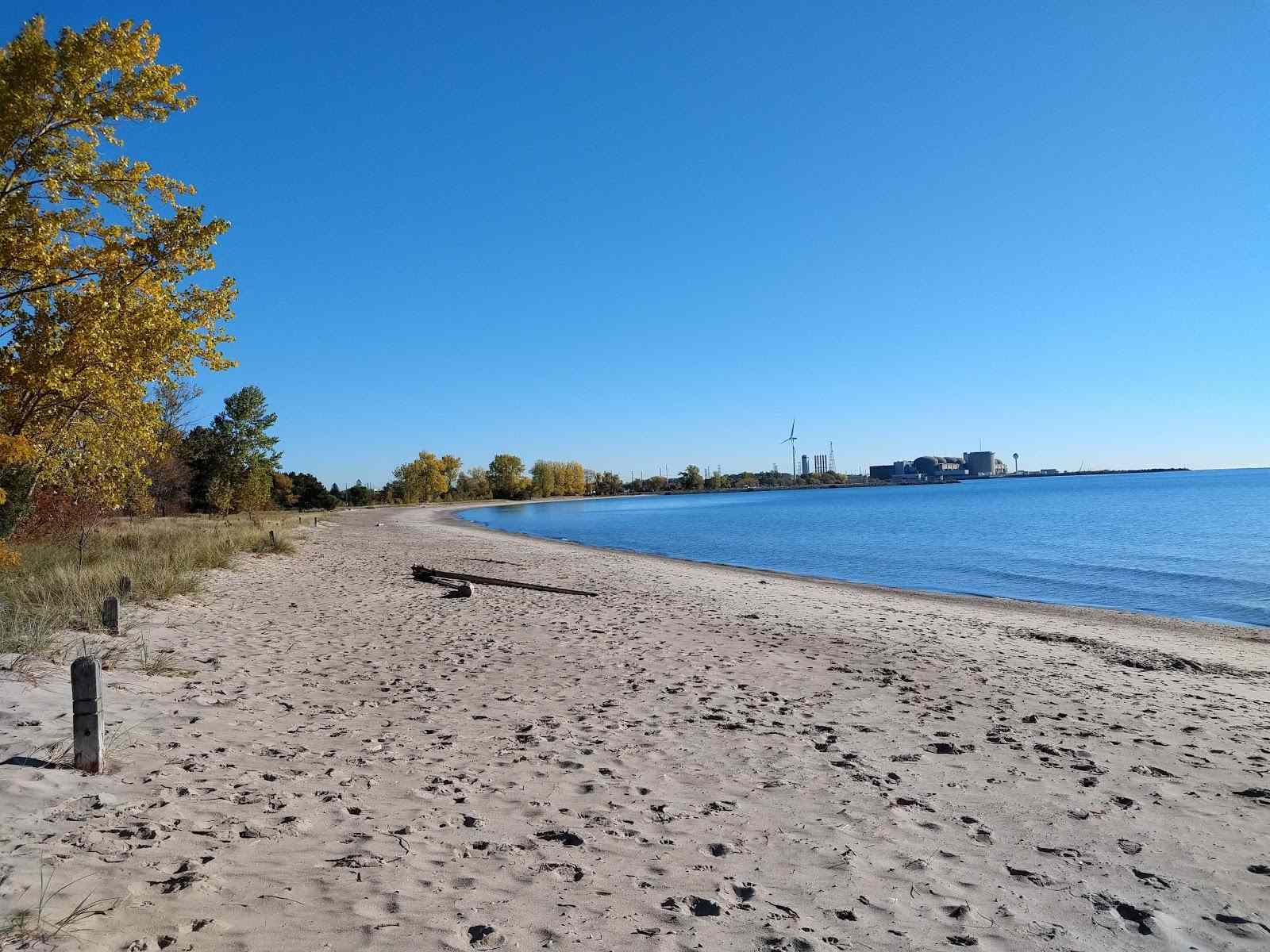
Previously, erosion and poor water quality had degraded the area. The beach failed water quality tests for E. coli three times during the summer of 2013. When E. coli is present in the lake, it is typically an indicator for sewage. In addition to sewage, other items like plastic tampon applicators, condoms, and most other odd bathroom litter items can end up in our Lake.
Fortunately, thanks to the restoration and monitoring efforts of Swim Drink Fish and the Great Lakes Guide, the situation has since improved. The beach passed standards 93% of the time in 2017 and 100% of the time in 2018. The wetlands and shoreline have also been restored, and the area is now home to a green-roofed pavilion, lakeside flower beds, and new interpretive signs detailing the park’s natural features.
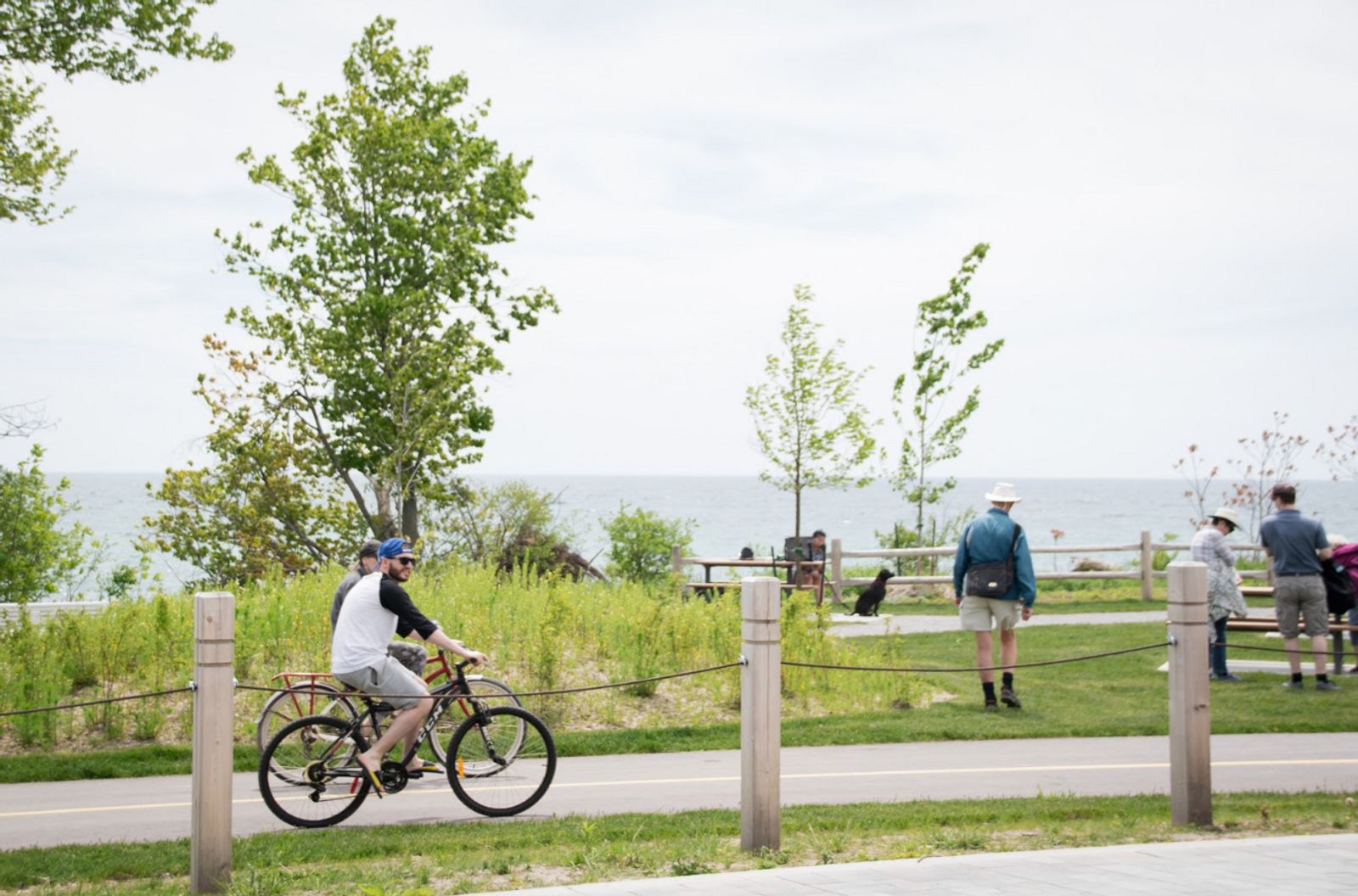
I remember in the days leading up to the cleanup, A Greener Future’s Executive Director, Rochelle Byrne, told me that she had no idea what to expect from Frenchman’s Bay, because she hadn’t seen it since 2017 before the restoration project was implemented.
I think it’s safe to say that everyone was impressed with the changes. I had never been to the park before, but I was in awe of the sandy beaches and the bright blue water. It made me forget just how close to the city I was.
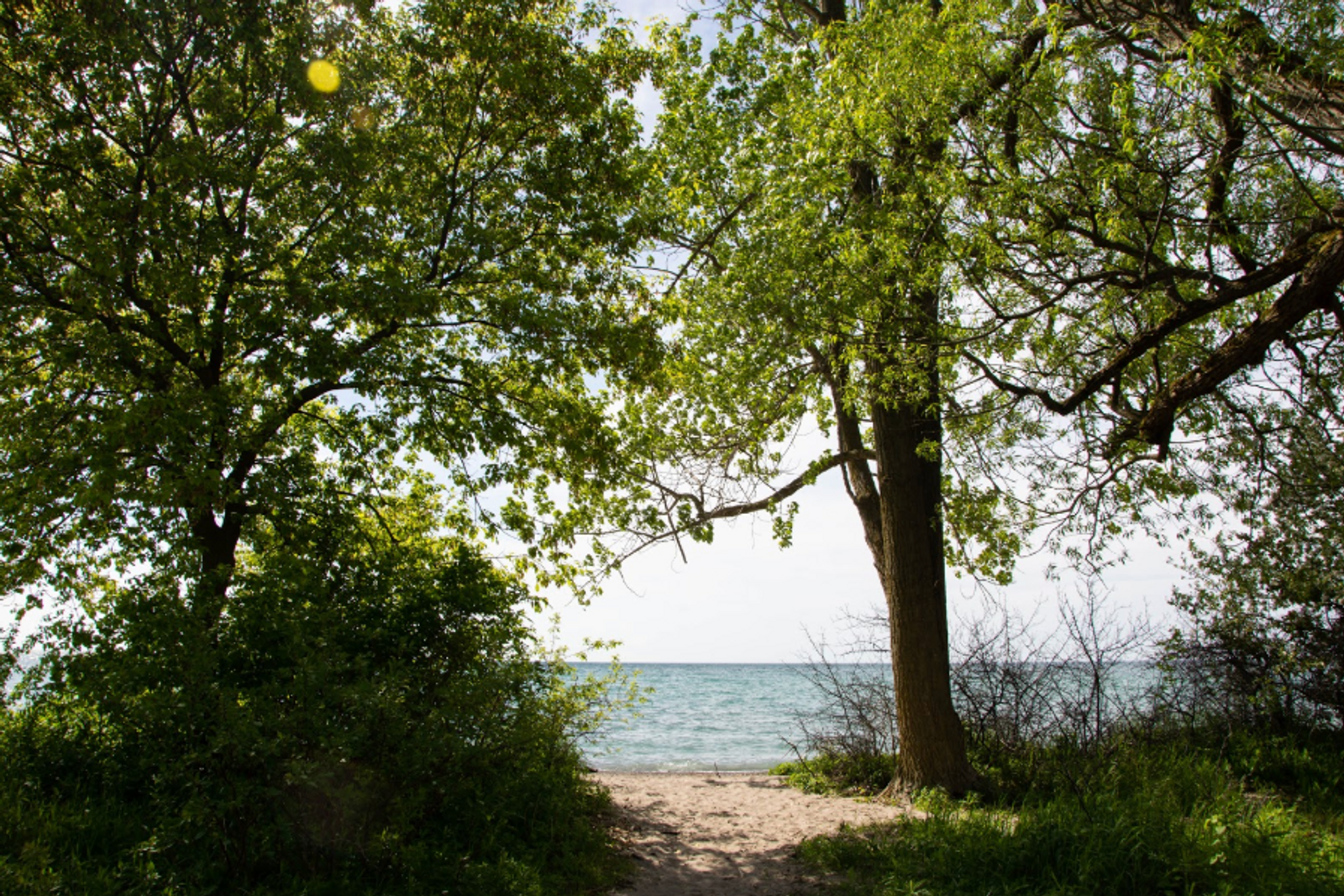
Our cleanup at Frenchman's Bay West Park was the 52nd out of 100 completed for the Love Your Lake campaign. At this cleanup alone, we picked up 1,711 pieces of litter.
This total included:
- 271 miscellaneous plastic pieces
- 507 pieces of foam
- 396 cigarette butts
- 114 food wrappers
- 51 plastic bottle caps

How does litter end up on our beaches?
I know what you’re thinking: “How is this stuff ending up on our beaches?”. The truth is, we don’t exactly know. Sure, some of it could be from people carelessly leaving their trash behind at the beach. This is certainly true for all of the cigarette butts we picked up.
Some of the trash could be blowing out of open topped garbage and recycling bins. Or, it could be dug out by wildlife, and then swept into the lake, only to be spat out kilometres from its origin.

This is why data collection is such an important part of what A Greener Future does. By collecting data, we can see what the problem items are for each location, and then analyse how it changes from year to year.
This year, we noticed that foam was the number one litter item we found. We found 27,883 pieces of foam during Love Your Lake this year, making up approximately 25% of our total amount of litter collected.
So, we ask the question, how on Earth is foam ending up in our Lake? Again, it’s a difficult question to answer. With this year’s high water levels, we suspect that foam docks and buoys have been knocked around and are breaking apart. We also still find lots of single-use Styrofoam items, like Styrofoam cups, plates, and takeout containers.

By doing cleanups, A Greener Future helps to remove harmful litter from the natural environment. This includes things like small plastic and Styrofoam pieces, which animals can ingest, mistaking them for food. It also includes things like balloon ribbons, milk tabs, and fishing line which wildlife can become caught or entangled in. Overall, cleanups can help make the beach a safer place for wildlife, and a more enjoyable place for people to swim, relax, and play.
Of course, it’s great that now there are 108,069 fewer pieces of litter in our Lake this year. But sadly, litter cleanups can’t solve all of our problems. The reality is that, despite the hard work of A Greener Future and our volunteers, plastic and other pieces of litter are washing up on the shores of our Great Lakes daily.
No matter how many litter cleanups we do, we can’t keep up with the amount of garbage our society throws out in the first place.

How you can you protect your waterfront?
The most important facet of A Greener Future’s mission is to educate citizens and spread awareness about issues related to waste. By coming out to a litter cleanup, we hope that our volunteers will have that “a-ha” moment that I mentioned, and realize that this is a problem affecting their favourite lakes and parks, and it starts in their home.
A lot of the items we find are recognizable, like plastic water bottles, food wrappers, and coffee cups from our favourite restaurants. What really struck me when I began doing cleanups was the idea that a lot of what we were finding on the beach could have been mine.
The root of the problem is that we produce too much waste in the first place.
Let’s be clear, I don’t deliberately litter. I dutifully sort my garbage, recycling, and compost. I don’t flush anything other than waste and toilet paper down the toilet. But, the fact of the matter is that somehow, despite our best efforts, litter is ending up in the lake. The main issue is that there’s too much of it and we’re running out of space to put it.
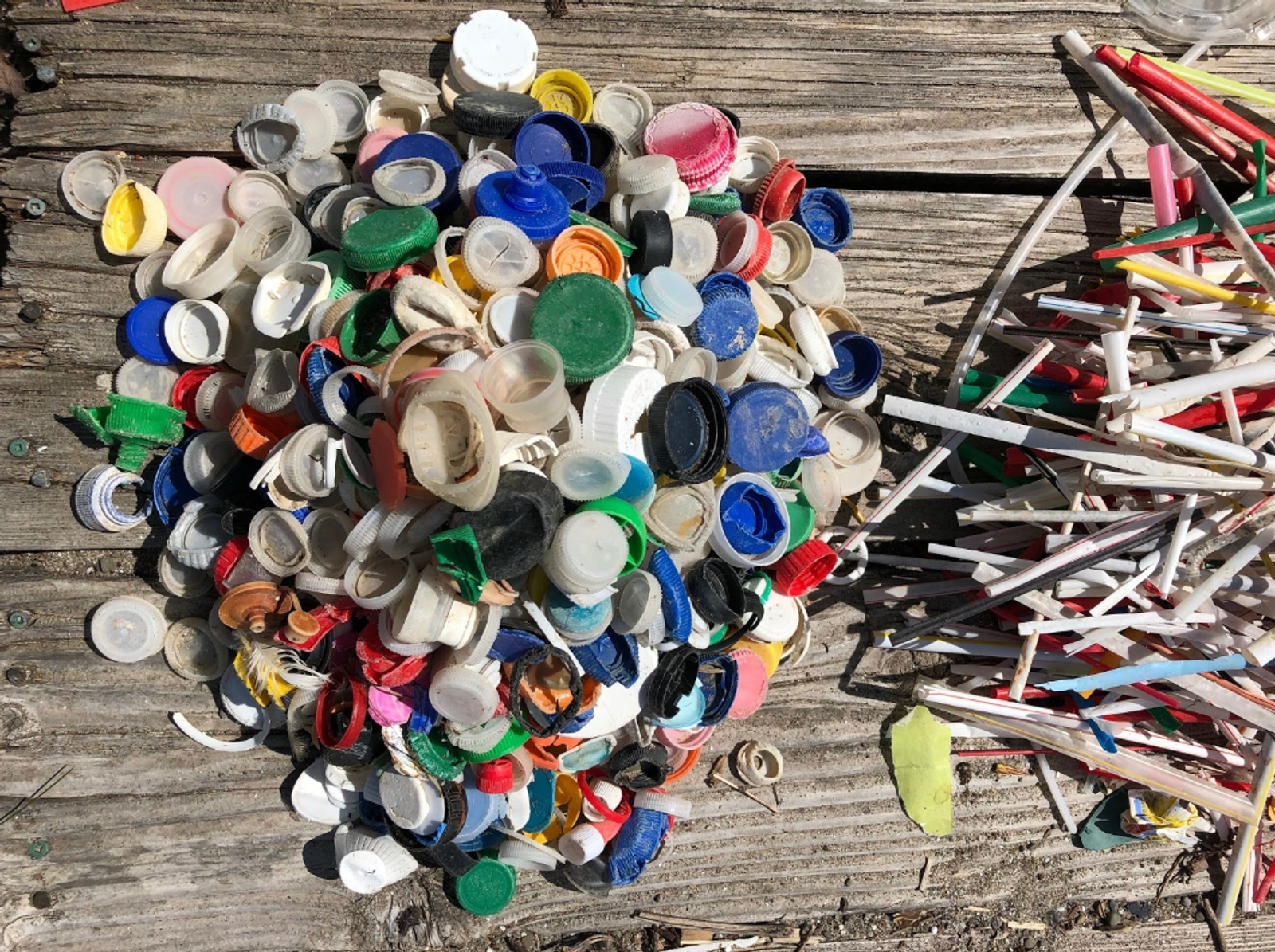
At the end of our cleanups, once everyone’s bags are neatly sorted into piles of bottle caps, food wrappers, foam, plastic pieces, and other categories, we like to talk to our volunteers about solutions.
A lot of the items we find could be replaced by reusable options. If you live in a place with clean drinking water, switching from a single-use plastic water bottle to a reusable one is a pretty easy switch. Plastic grocery bags can be swapped out for reusable ones. Carry around your own cutlery, reusable containers, and coffee cups so that you reduce the amount of single-use plastics used when eating out.
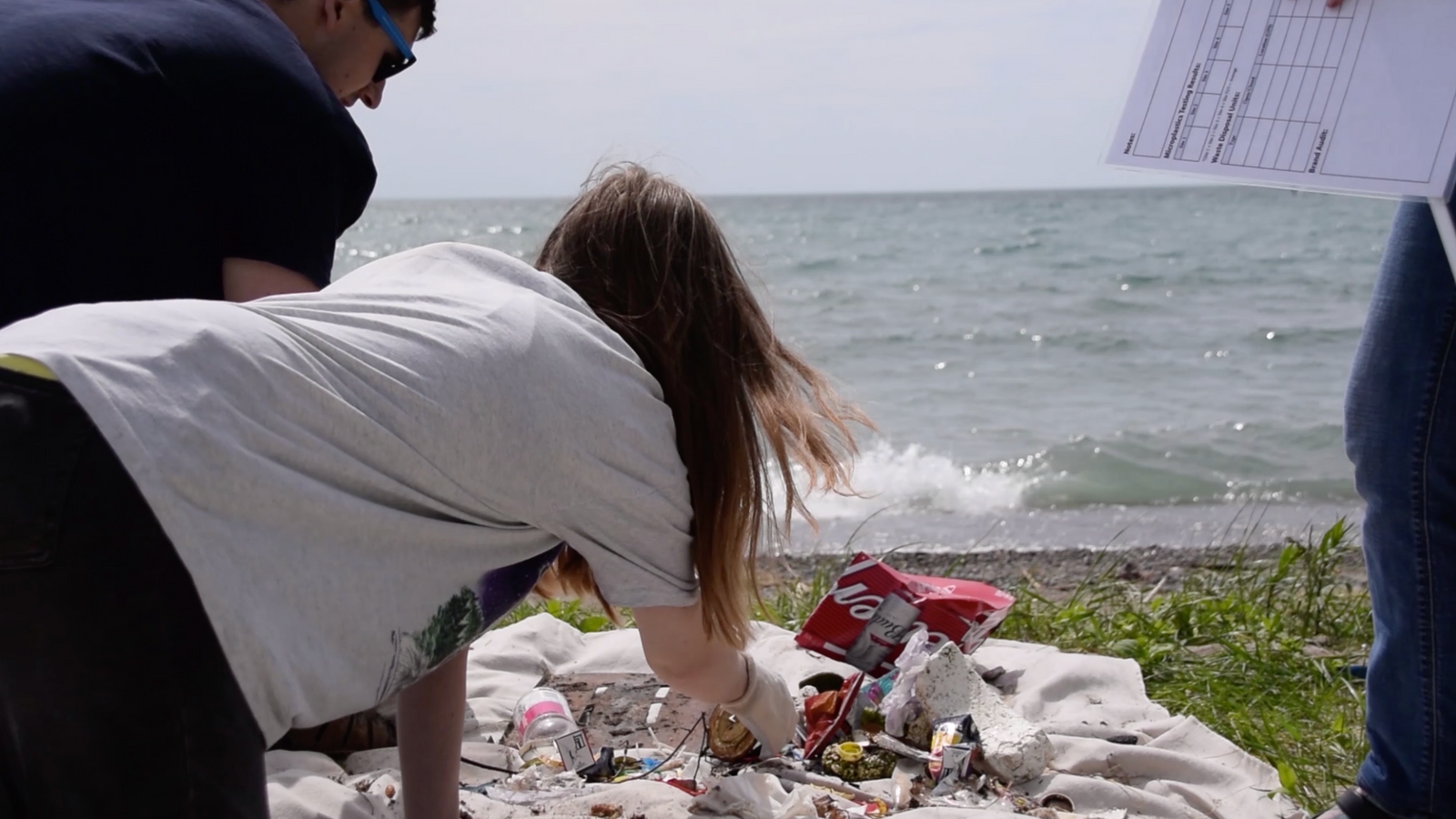
There are so many ways to reduce your waste, and there are hundreds of zero waste tips and ideas, just a quick Google search away. Not every “zero waste swap” you find on the internet will be right for you. It really just comes down to being more conscious about the things you are purchasing, and doing the best you can for yourself and for the planet.
The easiest way to help protect your waterfront? Get outside and visit your local waterbody! If you see garbage, you can pick it up and report pollution using the Swim Guide pollution reporting tool. Remember, you are part of the solution to protecting your home waterbody. You can make a difference.

For more information on A Greener Future’s litter cleanups, data, and educational resources visit agreenerfuture.ca. For more information on other Swim Drink Fish initiatives, visit swimdrinkfish.ca.
